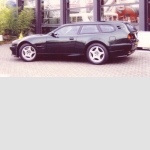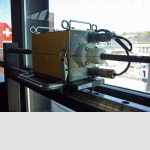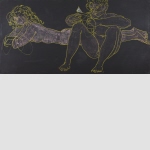Collection Online
Portfolio
-

-
- Aston Martin V8 Vantage Shooting Brake, GB/CH 1999
The world’s fastest and most powerful ...
- Aston Martin Lagonda Ltd (1976), Manufacturer, archivalisch belegt
Roos Engineering LTD (1976), Engine manufacturer, archivalisch belegt
Design by Dante (1976), Designer/in, Carrossier, archivalisch belegt
- Inv. Nr. VHS-7621
- more
-
-

-
- The magneto-inductive cable test
The cable is the most important structural element of the ...
- Ernst Kündig AG (1962), Manufacturer, archivalisch belegt
- Inv. Nr. VHS-9108
- more
-
-

-
- Hans Erni (1909-2015)
Picture panel for the UNESCO exhibition, Zurich 1949
Hans ...
- Erni Hans (Pseudonym François Grèques) (1909 - 2015)
- Inv. Nr. HEM-424
- more
-

